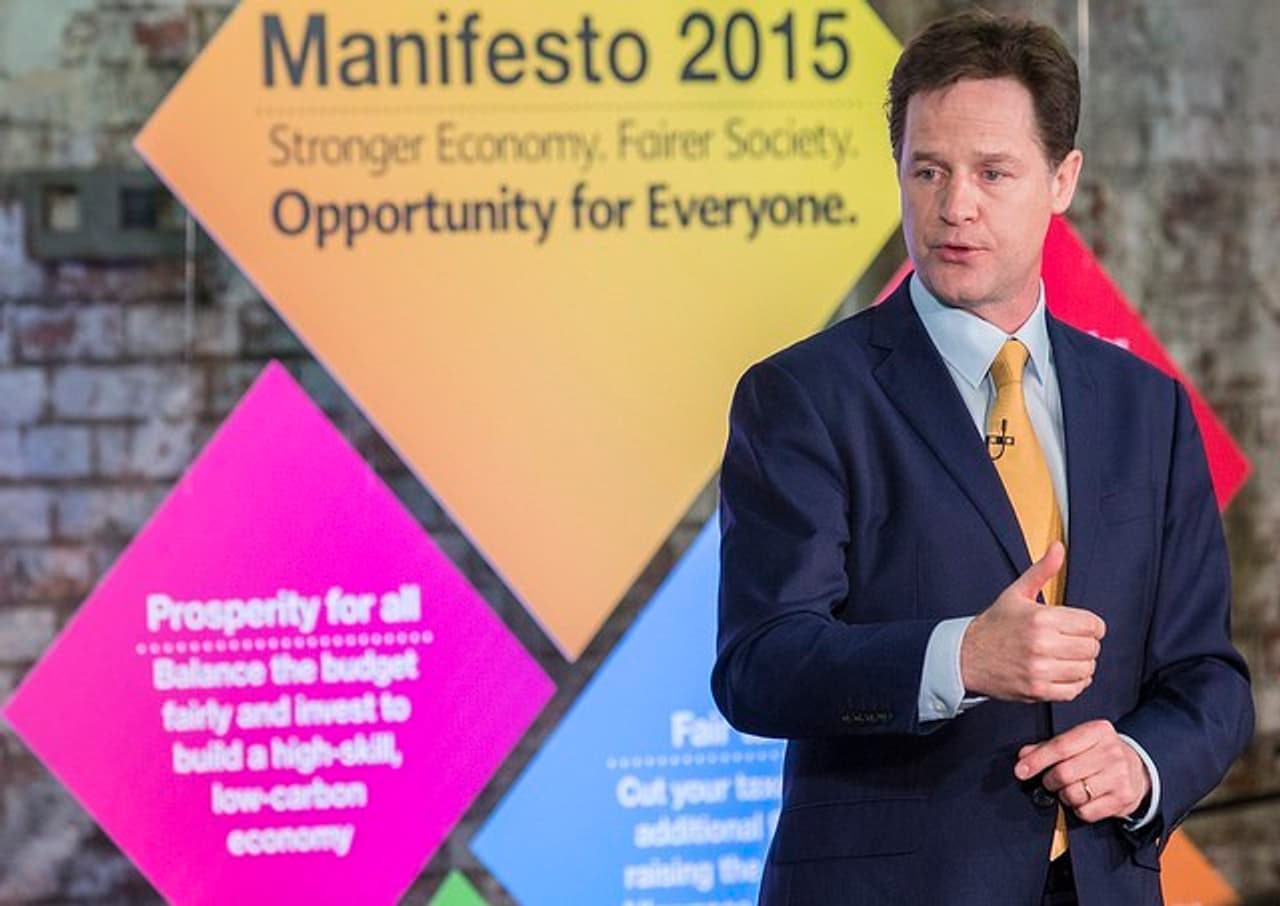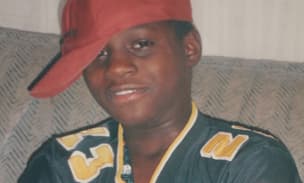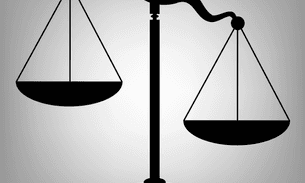
Case study: Armel Gnango and Bandana Man
The strange case of Armel Gnango is an example of just how bizarre the law on joint enterprise has become, revealing the extent to which the judiciary has tied itself in knots over the scope of what constitutes a joint enterprise.
In October 2007, Gnango was a 17-year-old drug dealer in south London. He went looking for someone he believed owed him money, armed with a gun. While in a car park on an estate in New Cross, the man he was looking for appeared wearing a red bandana over his face. Bandana Man, as he was referred to during the trial, pulled out a gun and started shooting at Gnango. Gnango returned fire.
Meanwhile, a 26-year-old Polish care worker, Magda Pniewska, was walking home from work, talking to her sister on her mobile phone. As she passed through the same car park, Bandana Man fired a further shot at Gnango. He missed his intended target but hit Pniewska in the head as she walked past. She died at the scene.
There is no doubt that the bullet that killed Pniewska was fired by Bandana Man, not Gnango. A man believed to be Bandana Man was later arrested, but was never charged. Gnango was arrested four days after the shooting, and was charged with the attempted murder of Bandana Man, having a firearm with intent to endanger life and with the murder of Pniewska, even though the bullet that hit her was intended to hit him.
At trial, the prosecution originally tried to argue that Gnango had aided and abetted the murder in the course of the shootout, but this was rejected by the judge, as it would have meant Gnango was a party to his own attempted murder. The judge told the jury, however, that they could convict Gnango of murder if the gunfight was a crime of affray, and that Gnango and Bandana Man were in a joint enterprise together to commit this crime. If this was the case, the judge said, and if Gnango foresaw a murder might be committed when they carried out the affray, he was as guilty of the murder as Bandana Man.
The Court of Appeal quashed this conviction in 2009, saying although Bandana Man and Gnango had indeed both committed the crime of affray, they could not have had a common purpose, as they actually had diametrically opposing intentions, that was, to harm each other. Joint participation in an affray, the appeal judges ruled, was not enough to make Gnango guilty of being in a joint enterprise to murder.
The case then went to the Supreme Court, where the Crown attempted to revive its original arguments rejected by the trial judge that Gnango was an accessory to his own attempted murder by Bandana Man and that Gnango had aided and abetted the commission of the murder by actively encouraging Bandana Man to shoot at him.
To the surprise of many in the legal community, the Supreme Court overturned the Court of Appeal and reinstated the murder conviction, saying Bandana Man and Gnango had indeed shared a common purpose. ‘On the jury’s verdict, the respondent [Gnango] and Bandana Man had chosen to indulge in a gunfight in a public place, each intending to kill or cause serious injury to the other, in circumstances where there was a foreseeable risk that this result would be suffered by an innocent bystander. It was a matter of fortuity which of the two fired what proved to be the fatal shot. In other circumstances it might have been impossible to deduce which of the two had done so. In these circumstances it seems to us to accord with the demands of justice rather than to conflict with them that the two gunmen should each be liable for Miss Pniewska’s murder,’ the judges said.
A man, believed to be Bandana Man, was arrested on suspicion of murder, but the police did not have enough evidence to charge, and he was released.




